Global Markets Slide as Weak US Data Sparks Economic Concerns | Daily Market Analysis

Key events:
- Eurozone - CPI (YoY) (Jan)
The S&P 500 ended the week on a sour note, slipping on Friday as disappointing economic data reignited concerns about the US economy, sending stocks into a broad decline.
The Dow Jones Industrial Average dropped 748 points, or 1.7%, while the S&P 500 lost 1.7%. The Nasdaq Composite, heavily weighted in tech stocks, led the sell-off with a 2.2% decline.
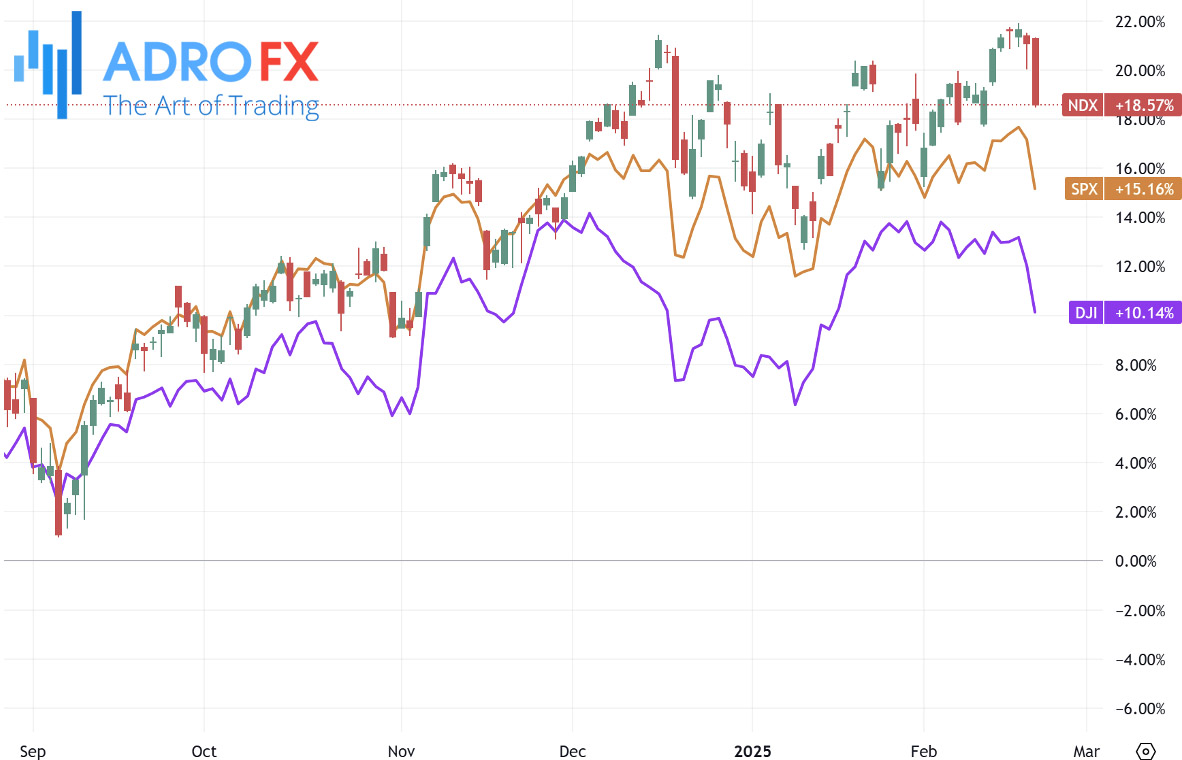
S&P Global's preliminary US composite PMI, which measures both manufacturing and services activity, declined to 50.4 in February from January’s 52.7. Meanwhile, the services PMI dropped into contraction territory at 49.7 from 52.9. In another sign of weakening consumer sentiment, the University of Michigan’s index fell to 64.7 from 71.1, coming in below expectations of 64.8.
The US dollar softened after the weak economic readings, pressuring USD/CAD, which pulled back to around 1.4190 during early Monday trading in Asia. Last week’s US jobless claims and PMI data further weighed on the greenback. At the same time, uncertainty looms over the Bank of Canada’s policy direction, with mixed signals from the Canadian economy. Retail sales fell 0.4% in January - the first decline in seven months - raising concerns about consumer spending after December’s strong gains.
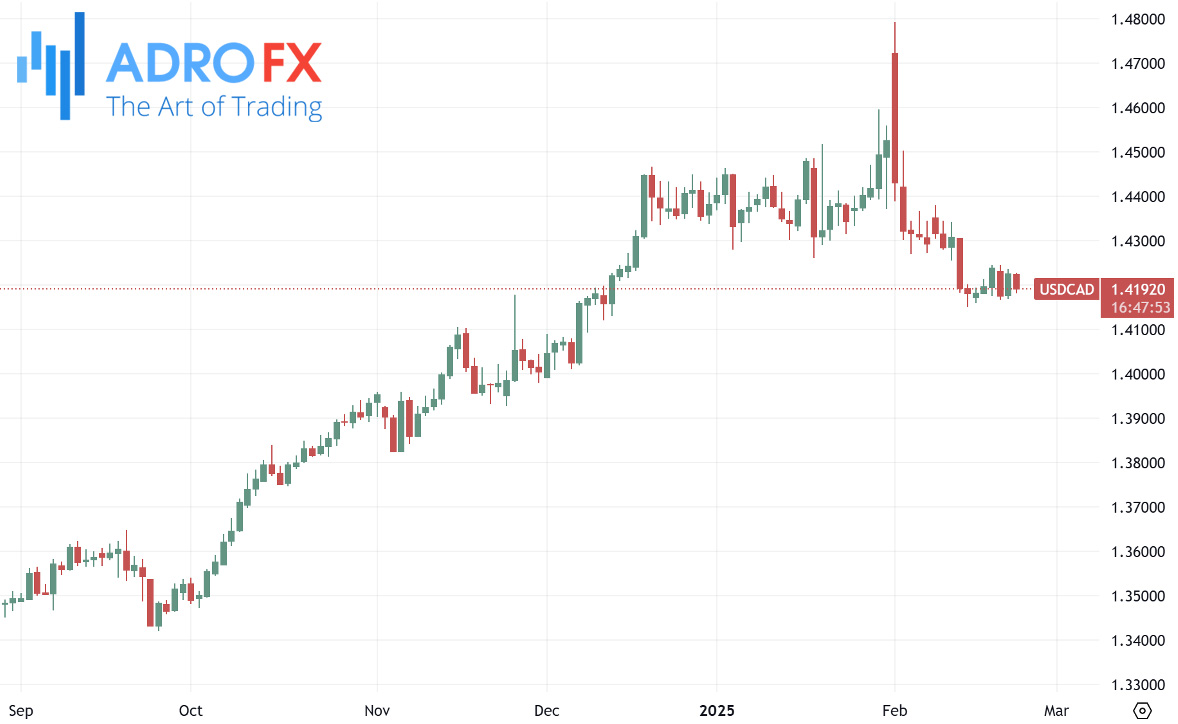
Inflation, however, remains stubbornly high. Rising industrial producer prices and an uptick in the Raw Materials Price Index signal ongoing cost pressures, complicating the BoC’s balancing act between controlling inflation and sustaining economic growth. In addition, weaker oil prices, influenced by expectations of resumed exports from Kurdistan’s oilfields, could pose further challenges for the Canadian dollar, as Canada remains the top oil supplier to the US.
In Asia, the Japanese yen gained ground against the dollar, reaching its strongest level since early December. Japan’s Consumer Price Index and upbeat Q4 GDP data strengthened market expectations that the Bank of Japan might take a more aggressive approach to interest rate hikes. Optimism over sustained wage growth, which could fuel consumer spending, further reinforced hawkish expectations. However, BoJ Governor Kazuo Ueda’s comments signaled readiness to ramp up government bond purchases if long-term yields rise sharply, capping the yen’s gains.
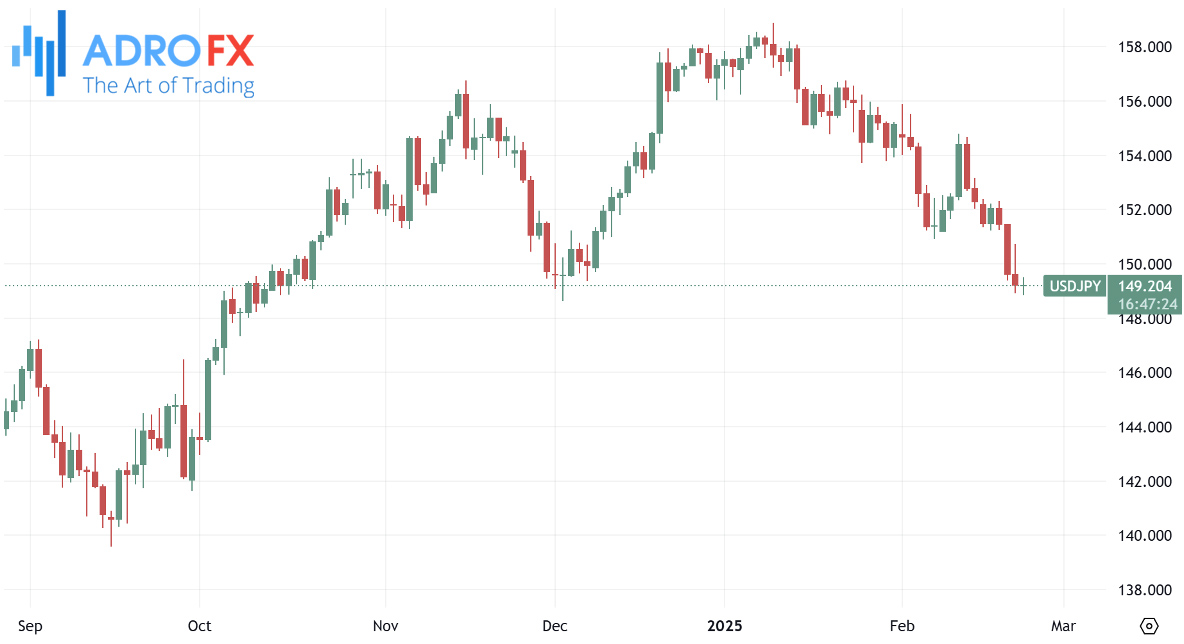
The Australian dollar rebounded on Monday, recouping losses from the previous session after China released its 2025 policy roadmap on Sunday. The statement outlined plans to accelerate rural reforms and promote economic revitalization, boosting optimism about China’s demand outlook - an important factor for the AUD, given Australia’s deep trade ties with China.
China’s state-backed developers have also been aggressively purchasing land at steep premiums following the government's relaxation of home price restrictions. In 2025, 37% of land sales closed at prices 20% above the asking price, compared to just 14% in 2024 and 4.6% in 2023, according to the China Index Academy.
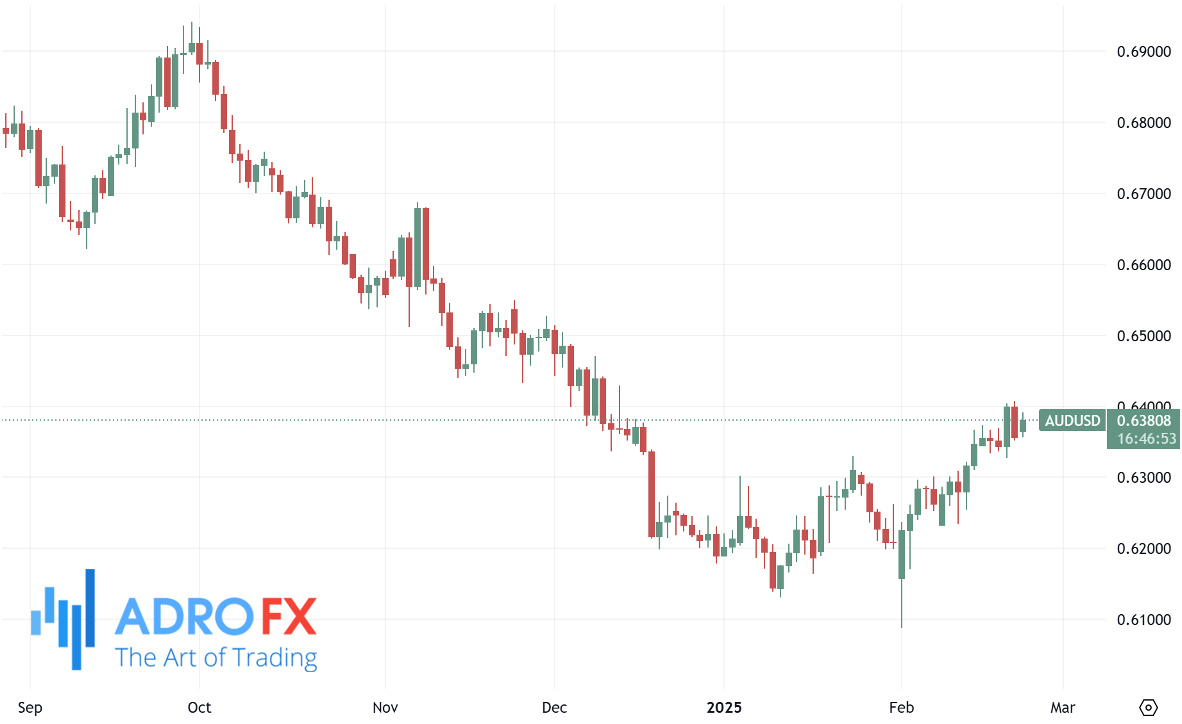
However, AUD/USD faced headwinds after US President Donald Trump signed a memorandum directing the Committee on Foreign Investment in the US to tighten restrictions on Chinese investments in key sectors. A White House official told Reuters that while the move aims to encourage foreign investment, it also seeks to safeguard national security interests from potential threats posed by foreign adversaries, including China.
Meanwhile, the Reserve Bank of Australia cut its Official Cash Rate by 25 basis points to 4.10% last week - the first reduction in four years. RBA Governor Michele Bullock acknowledged that high interest rates had taken a toll on the economy but cautioned that it was too early to declare victory over inflation. She also highlighted the labor market’s resilience, warning that future rate cuts were not guaranteed despite market expectations.
In the UK, the British pound kicked off the week with gains, pushing GBP/USD above the mid-1.2600s and nearing a two-month high. The currency’s strength was underpinned by positive UK retail sales data, which surged 1.7% in January, reversing December’s downwardly revised -0.6%. The UK services PMI also rose unexpectedly to 51.1 in February from 50.9, helping offset a slump in the manufacturing PMI, which fell to a 14-month low of 46.4.
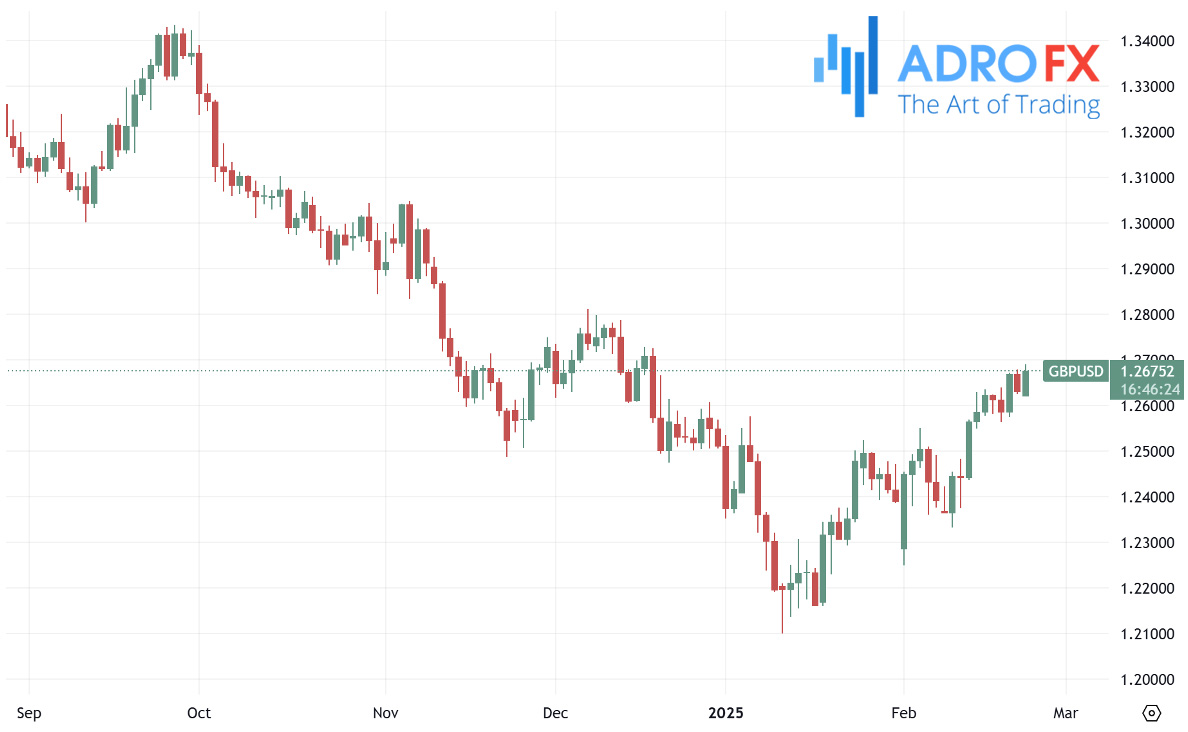
Despite the Bank of England’s cautious economic outlook, GBP/USD remains largely influenced by US dollar trends. With no major UK economic data releases scheduled, the currency pair’s trajectory will likely hinge on broader market sentiment and expectations surrounding the Federal Reserve’s next policy moves.







